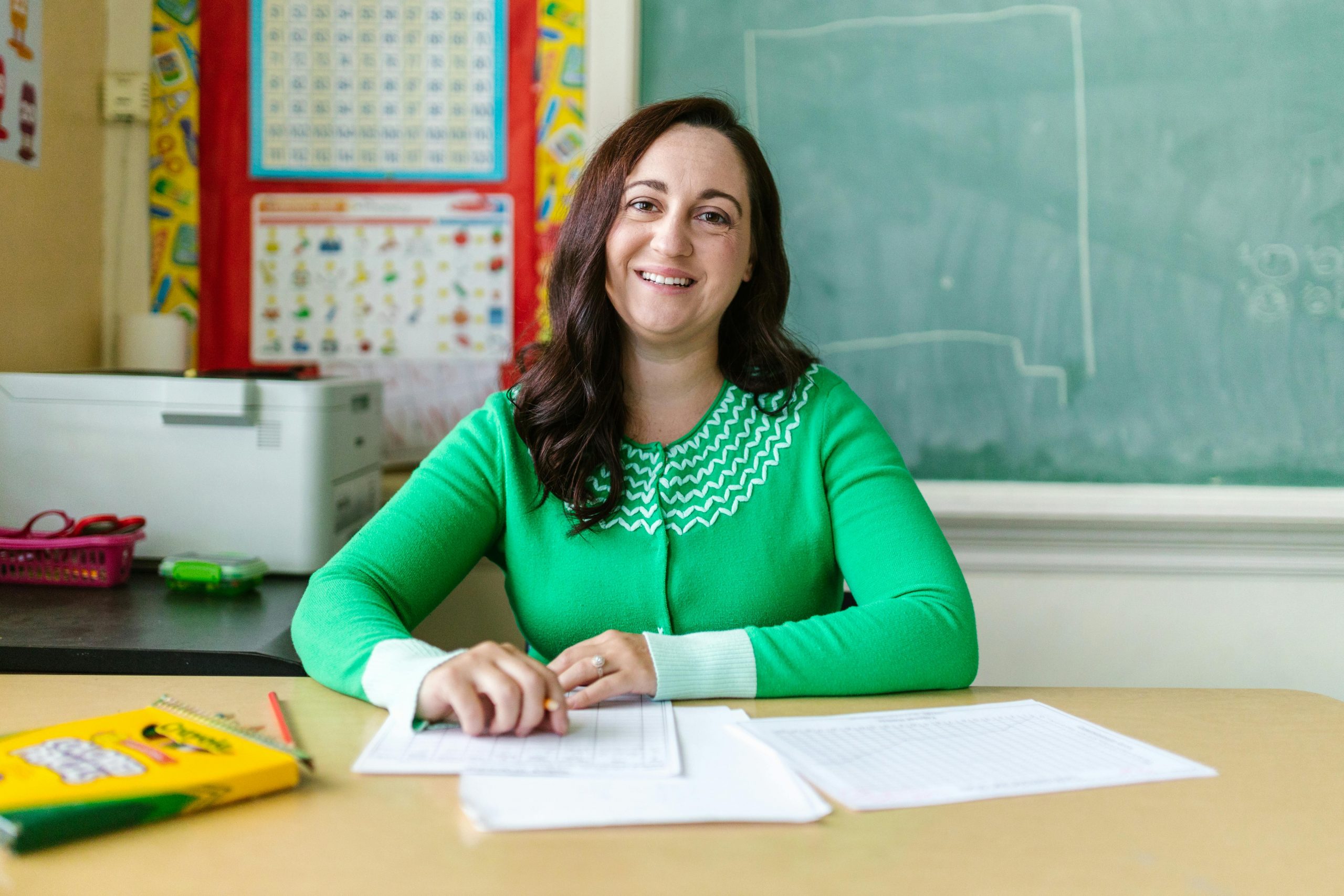Welcome to podcasts. Where podcasts are concerned, the majority of people usually fall into two camps: the ones who eagerly pop in their earbuds every time a new episode of their favorite podcast is released, and those who’ve never made it through an episode or who still aren’t quite sure just what a podcast is.
Right now, podcast stats show that there are over 700,000 active podcasts with more than 29 million available episodes – that’s a lot of content!
In terms of your students, just 10% of monthly podcast listeners are in the 12-17 age range, so it’s still a somewhat undiscovered medium you can use to capture their attention. Adding something unexpected is the perfect way to supercharge your class!
Even if you’re a total newbie, getting started with podcasts in the classroom is an easy skill to add to your teaching toolbox. Whether you’re using them to listen together or individually, or you’re having your students record their own podcasts, there’s space for podcasts in any syllabus.
Students’ attention spans are famously short, and there are more distractions competing for their attention today than ever before. How do podcasts cut through the noise?
First of all, if you’re assigning a podcast for homework, your students can listen anywhere: on the school bus or driving home, walking around their neighborhood, while they’re working out or just in the comfort of their own bedrooms.
This means that students will listen to podcasts longer than they’d do traditional homework because it allows them the freedom to multitask.
Then there’s the imagination element. Just like with reading a good book, a podcast allows students to picture what they’re listening to and create their own visual images in their minds.
Finally, podcasts come in a format that’s attractive to them. By being able to pull up a podcast on their smartphones, they’re engaging with a medium that they already know and use more than any other. It’s going with the trend rather than fighting it!
Using Podcasts as Part of Your Curriculum:
There are a million different ways to incorporate podcasts into your curriculum. For every age group, subject and language, there’s a podcast, so it’s just a matter of finding the one that’s right for your class and what you’re trying to teach. Using podcasts in the classroom is a great way to really bring your lessons to life. Once you’ve found a podcast episode that aligns with your lesson, you have two options for listening:
1- Ask students to listen individually on their smartphones or tablets with their headphones, either in class or for homework.
Listen as a group in class.
2- You can go one step further by choosing the podcast of your choice you can stay with them and answer their questions afterwards to keep your students engaged. That way you’ll ensure that your students are actively listening and not spacing out!
The Benefits of Using Podcasts in the Classroom:
If you are listener yourself, you must be aware of the effects podcast can have on your personality, but we often underestimate the benefits of certain things, let us explore the primary advantages of using a podcast in your classroom.
1- Reading along with a podcast builds confidence and literacy:
Word recognition is the most crucial skill for very young students; however, with older students middle school and upwards, decoding becomes more automatic, and listening comprehension becomes the primary component for learning language. Podcasts allow students to practice their listening comprehension of complex texts that are both conversational and formal, and the corresponding transcripts enable students to confirm their success.
In addition, students learning English as a second language report that they like how they can read the words and promptly “hear how they’re supposed to sound.” Pronunciation and prosody, the patterns of stress and intonation used when people are speaking, aid in understanding, especially for English-language learners.
2- Podcasts present a broad array of narrative types and subject matter:
With podcasts, you can choose the content and form that fits your particular lesson, and the possibilities are endless: fictional stories, educational and inspirational TED talks, current events/world news, history, sports, pop culture/entertainment, and investigative journalism. Using an array of forms keeps your class fresh and engaging, and podcasts expose students to a wide variety of methods of communication, including narration, casual dialogue, scripted dialogue, and interviews.
Also, featuring diverse subject matter keeps the class exciting and gives them access to a whole world of knowledge and wisdom. English classes can fall into a rut of using the same types of stories; podcasts can provide new subject matter that not only keeps you and your students more engaged but also allows students to experience exemplary communication outside traditional texts.
3- Reading along keeps easily distracted students extremely focused:
Students report that reading along with the audio helps with their focus and keeps them from “spacing out” while listening. Plus, many of our students explicitly recognize that they can look back and reread something they didn’t understand when they first heard it.
4- LISTENING SHAPES YOUR BRAIN AND MEMORY.
Our brains make a mental imagery —the “movie in our minds”—of what we hear. When we listen, our ears aren’t just passive absorbers of information. We are activating systems in the brains that are responsible for sight, sound, motor control and olfaction. “We imagine sounds using the same brain regions that allow us to hear real sounds,” says cognitive scientist Benjamin Bergen.
5- Listening improves social-emotional wellbeing.
Researchers found that when someone is engaged in a story, it’s positively associated with psychological safety and negatively associated with social anxiety. And that connection actually improves your listening.
6- LISTENING SUPPORTS MULTILINGUAL LEARNING.
For the English learners in classrooms, listening provides an equal opportunity to access content and hear authentically spoken language. While listening can occur at different speeds to improve comprehension, everyone is listening to the same text. Unlike reading exercises in which the text is leveled down to the reader’s ability, listening—with the right scaffolding—has the same high level of academic language and content vocabulary. In addition to learning about the world, listening is an excellent way to build background knowledge of the subject, a key element of listening comprehension, especially in learning a second language.









